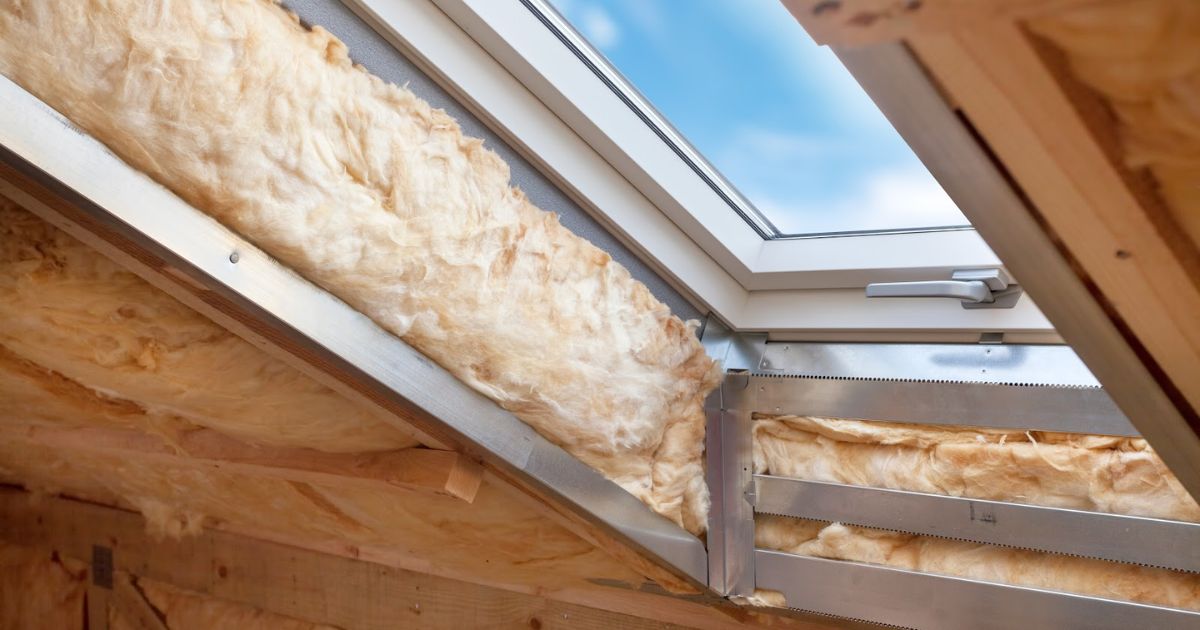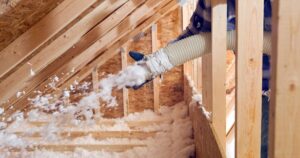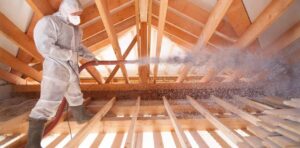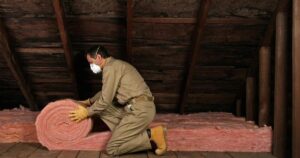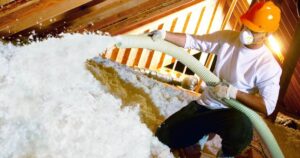Over-insulating an attic refers to the practice of adding more insulation than is typically recommended for your specific climate and local building codes. Attic insulation is essential for maintaining a comfortable and energy-efficient home, but when you add more insulation than necessary, it can be considered “over-insulation.” While this may sound like a good thing, it can have both advantages and disadvantages.
Yes, it is possible to over-insulate an attic, which can have both benefits and drawbacks. Over-insulating an attic refers to adding more insulation than is necessary to meet the recommended insulation levels for your climate. Here are some features of over-insulating an attic and the materials commonly used in the process.
It’s important to note that while over-insulating can be beneficial in many ways, there are potential drawbacks, such as increased upfront costs and the risk of trapping moisture if not properly installed. To avoid issues, it’s essential to consult with a professional insulation contractor or follow local building codes and recommendations to determine the appropriate insulation levels for your climate and budget. Proper ventilation in the attic should also be considered to prevent moisture problems.
Features of over-insulating an attic:
1. Increased Energy Efficiency
Over-insulating can significantly improve the energy efficiency of your home, as it reduces heat loss in the winter and heat gain in the summer. This can lead to lower energy bills.
2. Enhanced Comfort
Over-insulating helps maintain more consistent indoor temperatures, making your living spaces more comfortable year-round.
3. Noise Reduction:
Extra insulation can also provide better soundproofing, reducing outside noise and making your home quieter.
4. Reduced Carbon Footprint:
By reducing the need for heating and cooling, over-insulation can contribute to a lower carbon footprint, as it decreases greenhouse gas emissions.
5. Improved Resale Value:
A well-insulated home with energy-efficient features can have a higher resale value.
Materials commonly used in over-insulating an attic:
1. Fiberglass Insulation:
Fiberglass batts or blown-in fiberglass insulation is a popular choice for attic insulation. It has good insulating properties and is relatively easy to install.
2. Cellulose Insulation:
Cellulose insulation is made from recycled paper products treated with fire-retardant chemicals. It is a cost-effective and eco-friendly option.
3. Spray Foam Insulation:
Closed-cell or open-cell spray foam insulation can provide excellent insulation and air sealing. However, it’s more expensive than other options.
4. Radiant Barrier:
Radiant barrier materials, such as reflective foil insulation, can be added to the attic to reduce heat transfer through the roof.
Determine What Type Of Attic You Have
Before embarking on an attic insulation project, it’s crucial to identify the type of attic you have. Attics come in various configurations, including unfinished, finished, or conditioned spaces. Understanding your attic’s purpose and structure will help you choose the right insulation method and materials to optimize energy efficiency and comfort.
Get A Home Energy Audit
A home energy audit is a comprehensive assessment of your home’s energy consumption and efficiency. During an audit, a professional evaluates your insulation, HVAC systems, and other factors contributing to energy usage. The audit’s results can pinpoint areas in your attic and home where insulation upgrades or other energy-saving improvements are needed, helping you make informed decisions to reduce energy bills and environmental impact.
Out With The Old, In With The New
Outdated or deteriorating attic insulation can lead to reduced energy efficiency and comfort. Replacing old insulation with new, more efficient materials is often necessary. This section will discuss signs that it’s time for insulation replacement, the benefits of upgrading, and the steps involved in removing old insulation and installing new, energy-efficient materials.
Properly Insulate Your Attic
Proper attic insulation is key to ensuring your home is comfortable and energy-efficient. This section will delve into the details of insulating your attic correctly. It will cover topics like choosing the right insulation material, calculating the ideal R-value for your climate, and the proper installation techniques to prevent issues like air leaks, moisture buildup, and over-insulation.
Exploring the World of Blown-In Insulation
Blown-in insulation is a popular choice for attics due to its versatility and efficiency. This section will explore the world of blown-in insulation, discussing the different materials used, the installation process, and the benefits it offers. Readers will gain insights into how this type of insulation can effectively fill gaps and irregular spaces in their attic.
Attic Insulation R-Value: The Un-Handyman’s Guide
The concept of R-value can be daunting for many homeowners. This guide simplifies the understanding of attic insulation R-values. It explains the importance of R-values in insulation, how to determine the right R-value for your attic based on your location and climate, and how it affects your home’s overall energy efficiency.
How To Insulate An Attic Hatch
Often overlooked, the attic hatch or access point can be a significant source of heat loss or gain. This section will provide a step-by-step guide on how to properly insulate an attic hatch. It will discuss the materials and techniques required to create an airtight seal, ensuring that your attic access doesn’t compromise the insulation in the rest of the space.
FAQs
How high should insulation be in attic?
The recommended level for most attics is to insulate to R-38 or about 10 to 14 inches, depending on the insulation type.
How long does attic insulation last?
Attic insulation can last 80 to 100 years, though it loses its energy efficiency benefits with time. Certified attic specialists’ professional advice is to upgrade it every 15 years to ensure that it is still performing the job.
Conclusion
Over-insulating an attic can lead to benefits such as increased energy efficiency, better temperature control, noise reduction, and a reduced carbon footprint. However, it can also result in drawbacks, including increased upfront costs and the risk of trapping moisture if not properly installed. It’s important to find the right balance of insulation to meet your energy efficiency goals without causing potential problems like moisture issues due to inadequate ventilation.
To ensure the best results, it’s advisable to consult with a professional insulation contractor who can assess your specific needs and recommend the appropriate insulation levels for your attic based on your local climate and building requirements.

